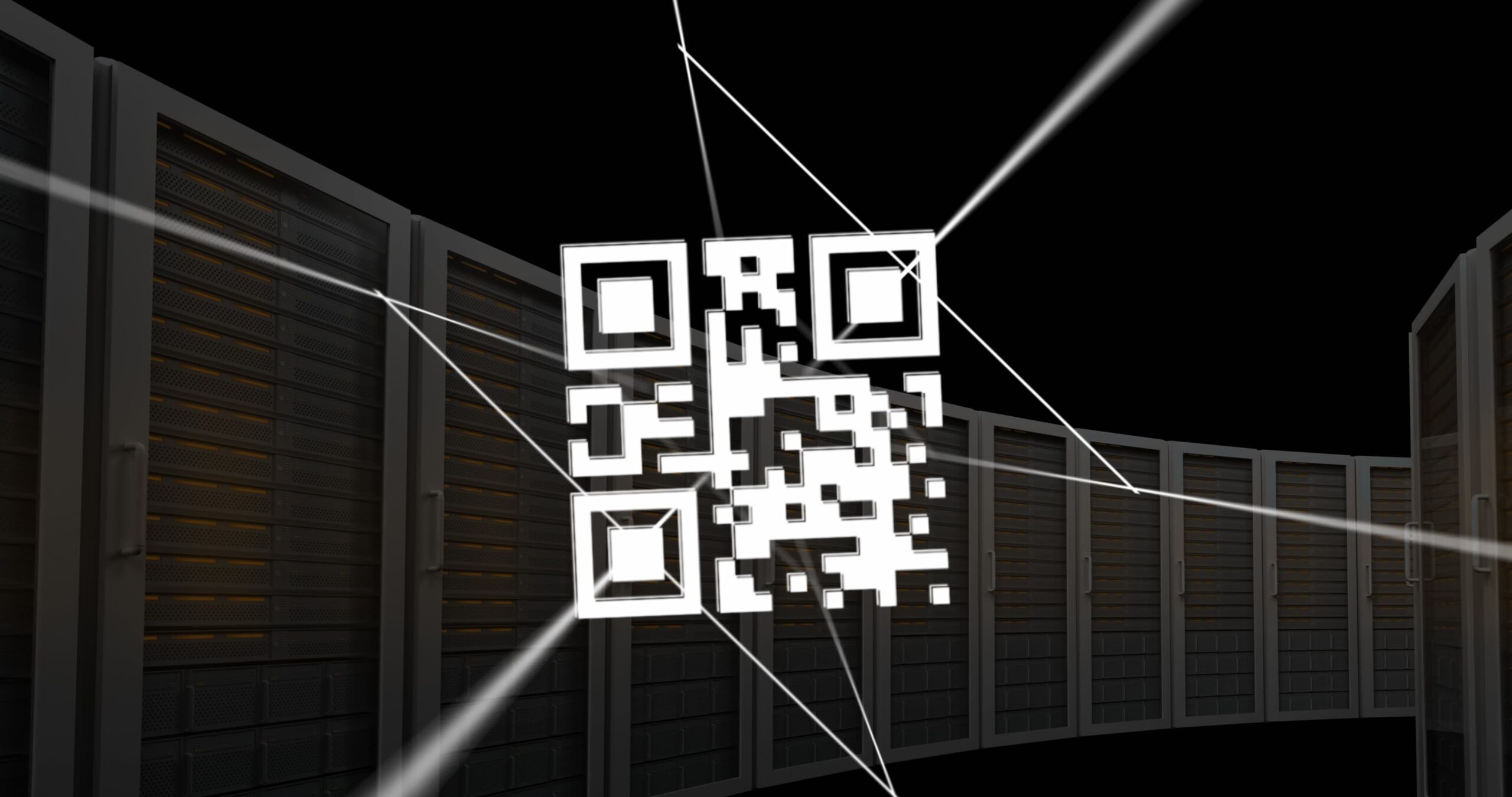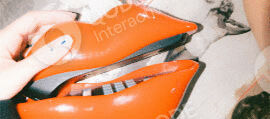How To Tell When ARGs (Alternate Reality Games) Make Sense For Your Brand
- Maria Ramos
- Strategy
TL;DR: ARGs for your brand work when you have a puzzle-loving audience, weeks of content runway, and a cross-channel team to run the show. Below: green lights, red flags, scoping tips, and measurement.
Done right, ARGs for your brand create loyal communities that play, share, and anticipate your next move. Done poorly, they confuse the broader audience and swallow budget. Use this guide to decide.
What an ARG Actually Is
An ARG is a cross-channel story with puzzles and real-world hooks—websites, emails, posters, videos, even phone numbers. Players collaborate to unlock the next chapter. See industry case studies via GDC Vault and creative standards from the IAB.
Signals to Go

- Audience fit: your community already solves puzzles, hunts Easter eggs, or loves lore.
- Runway: you can support 4–8 weeks of content drops and moderation.
- Anchors: you have a strong narrative spine (mystery, countdown, character) and at least one IRL or QR trigger.
- Team: writer + producer + dev + community manager (with backup).
Red Flags—Pause Here
- No moderation plan: community puzzles need active humans.
- One-channel idea: ARGs wobble if everything lives on a single post.
- Launch-only budget: you’ll need ongoing content and support, not a one-off stunt.
Scope, Budget & Team
Start small: one narrative hook, three puzzle beats, one IRL moment, and a reveal. Build a contingency tree for hints. Create safety rails: content guidelines, clear community rules, and a stop/extend plan.
How to Measure an ARG
- Depth metrics: average session length, puzzles solved per player, returning participants.
- Spread metrics: shares per beat, UGC volume, unique solvers.
- Conversion: email signups, trials, or foot traffic tied to milestones.
Want a Go/No-Go Review?
We’ll pressure-test ARGs for your brand in one workshop. Explore Services or Contact to get started.
You Should Get To Know Us
Subscribe For Cool Spam.
"*" indicates required fields


